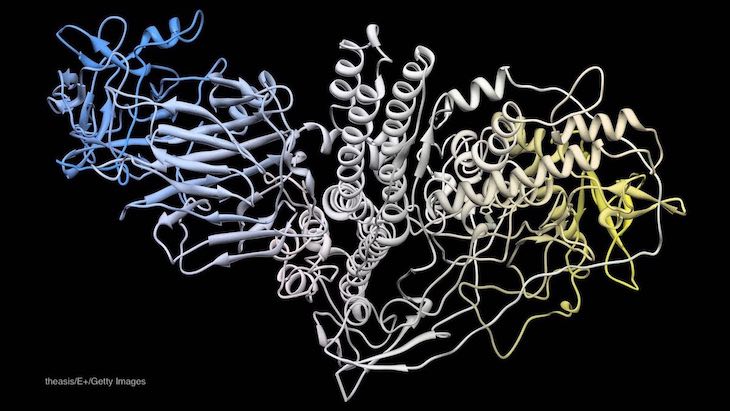According to news reports, the Alaska Department of Health and Social Services is investigating a botulism death and four illnesses that may be associated with fermented beluga whale flipper. The people allegedly got sick at a New Year’s Day dinner in Nome where native foods were served.

Louisa Castrodale, an epidemiologist with the Health Department told Anchorage Daily News that the aged beluga flipper has tested “preliminary positive” for botulism toxin. Officials are waiting for the final lab results on all foods served at the potluck, as well as samples from the patients. Final results will be available next week.
The patient, a 54-year-old man, became ill with stomach pain, difficulty breathing, double vision, and weakness. Those are typical symptoms of botulism food poisoning. All of those who got sick were treated at the Alaska Native Medical Center in Anchorage.
Of the fourteen people at the potluck, five had botulism-like symptoms.
Clostridium botulinum bacteria can grow and produce the botulinum toxin in many different foods. The issue is usually with low acid canned foods, such as canned meat and vegetables, because the bacteria cannot survive in an acidic environment.
A report by the state, called “Botulism in Alaska,” that was published in November 2017, states that all of the Alaska foodborne botulism cases have been “associated with the consumption of traditional Alaska Native foods” that are usually aged or putrefied. These foods include seal oil, fermented foods, and dried foods.
Some of these foods have been aged in the past by burying them in in moss-lined pits or barrels in the ground. Now, those foods are aged by putting them into glass or plastic containers, which keep air out, and can create the anaerobic environment necessary for the bacteria to produce the toxin.
From 1950 to 2016, there have been 303 cases of botulism poisoning in Alaska. Twenty people have died.
In December 2014, twenty five people were sickened with botulism in seal oil in that state. And in 2014, a botulism outbreak linked to fermented fish heads sickened two people and killed one person in Alaska.




